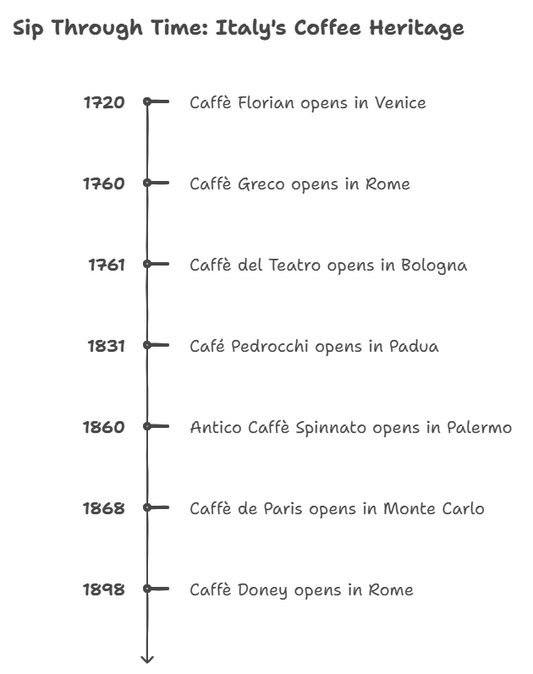
Wanting to choose between learning Spanish and Italian as a second language?
A 2006 report by Unesco stated that language family linguistic similarity makes it far easier for native speakers of a Romance language such as Italian to learn several other Romance languages (e.g. Spanish, French, Portuguese, Romansch).
However, Ethnologue studied that the lexical similarity of Spanish and Italian is estimated at 82%. This is lower than the 89% similarity between Spanish and Portuguese and 89% similarity between Italian and French.
Therefore, what is the 18% difference between Italian and Spanish? Italians love to end their words in a vowel, a Garden (English) is Giardino (Italian) compared to Jardin (Spanish), and changing the vowel in plural form, e.g. Giardini (Italian) and Jardins (Spanish). Spanish loved to start with a vowel before s like School is Scuola (Italian) and Escuela (Spanish). Speaking wise
Differences Between Italian and Spanish
Italy and Spain are separated by France geographically. Latin was the language of the Roman Empire. In the 5th century, the empire collapsed, and the regions came up with different dialects, and later on into different languages.
Italian Retains Most of Its Root While Spanish Evolved
Italian is the most conservative Romance language, meaning it is much more similar to Latin than the others. This is because, being home to the Vatican City and therefore the only place on earth where Latin is spoken regularly, Italian did evolve but remained with similar sounds to its roots, unlike Spanish in Western Europe.
Differences between Italian and Spanish in Spelling
There are many major differences in Italian and Spanish words.
Italian love to end their words in vowels, and change the vowel in its plural forms. A simple example of Garden
- Garden is Giardino (Italian) compared to Jardin (Spanish),
- Gardens are Giardini (Italian) compared to Jardins (Spanish).
Meanwhile, the Spanish love to include a vowel before s
- School is Scuola (Italian) and Escuela (Spanish).
Besides that, there are minor differences in Italian and Spanish
- Spanish also add an 'i' to some Italian words, such as in Concierto / Tiempo
- Italian uses a 't' while Spanish used a d. For example, Verdad / Verit or Comunit / Comunidad.
- Spanish generally do not have double letters except for double L and double R.
- Double LL in the dictionary is its own letter, in alphabetical order between L and M
Differences between Italian and Spanish in Usage
There are very subtle differences in the usage of words in Italian and Spanish too
- For present perfect tense, Italian tend to use the same phrase, For example, ho perduto for both ‘I have lost’ and ‘I lost’; while Spanish distinguishes between he perdito and perdí.
-
In constant, Spanish de ‘of, from’ covers both Italian di and da.
- Italian must refer back using extra pronouns to mark case, whereas Spanish does not – thus ci sono tre amici qui ‘there are three friends here’ but ce ne sono tre ‘there are three [of them] here’, but hay tres amigos aquí and hay tres [no further reference word required]. (source: http://ianjamesparsley.wordpress.com/)
- Spanish only have one sound for each vocal, while Italian still makes a difference between higher and lower versions of each vocal.
- Spanish has a five-vowel system and Italian has a seven-vowel system (French has about 12). The differences between each language are predictable and sound very similar and the differences are usually only in back vowels.
-
On the consonant side, you also get Italian being very conservative since it has what is known as intervocalic stops, which are characteristic of Latin. The eastern European kept them, while the western European mostly didn’t since they went through a process called lenition, which is kind of a softening. The originally voiced stop between vowels was turned into approximants and was eventually lost. Spanish only went through one round of lenition, remaining more similar to Italian. An example of is the word safe in English. In Latin, it is “securum”, in Italian “sicuro”, in Spanish “seguro”, and in French “sûr”.
Similarities between Italian and Spanish
Italian and Spanish are Romance languages
Italian and Spanish are Romance languages coming from the same Latin language.
The grammatical structures and words tend to be similar to each other. The vowel system and phonological evolution of both languages ended up being very similar to one point.
Italian and Spanish have much more similar phonetics phonologically
Phonetically speaking, the reason why Italian and Spanish are much more similar is that people who speak only one tends to understand the other, is because they have rather old-fashioned phonetics.
Italian and Spanish share a heritage and cultural similarities.
The similarity lies in religion and culture. It all comes down to the relationship between Latin America, Spain, and Italy, or more specifically (and accurately since Italy didn’t really exist back then) the Vatican.
During the time of colonization, Spain was particularly favored by the Pope. This comes from the fact that Spain and Italy are both very Catholic nations, which were strongly influenced by the Vatican.
Since Spanish holds a very close relationship with the Catholic religion (which at the time was only predicated in Latin) mutated a lot less as a language than others, and remained archaic like Italian in classical Latin. Therefore both Spain and Italy are culturally similar.
Both Spain and Italy also have one of the most native speakers which makes changes inevitable with different dialects. However, the core vocabulary and common words remain the same due to the need to communicate.
So, now you know, the reason why Spanish and Italian are so similar has to do with cultural, historical, phonetical, and geographical factors. Because the Italian people and the Hispania people share a heritage. They are different because of future development which led to Italy and France being more similar while Spanish and Portuguese having more lexical similarity.
If you are still interested in Italian, do read our post on Italian greetings to learn more and also the advantages of learning Italian.




